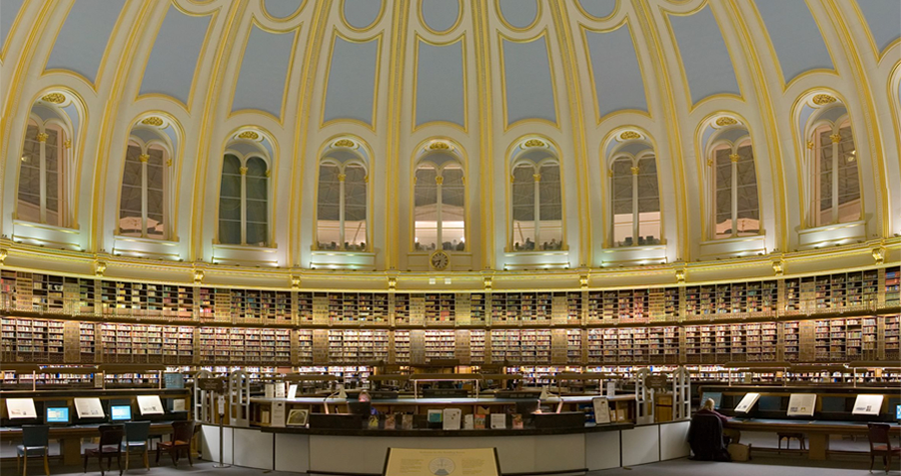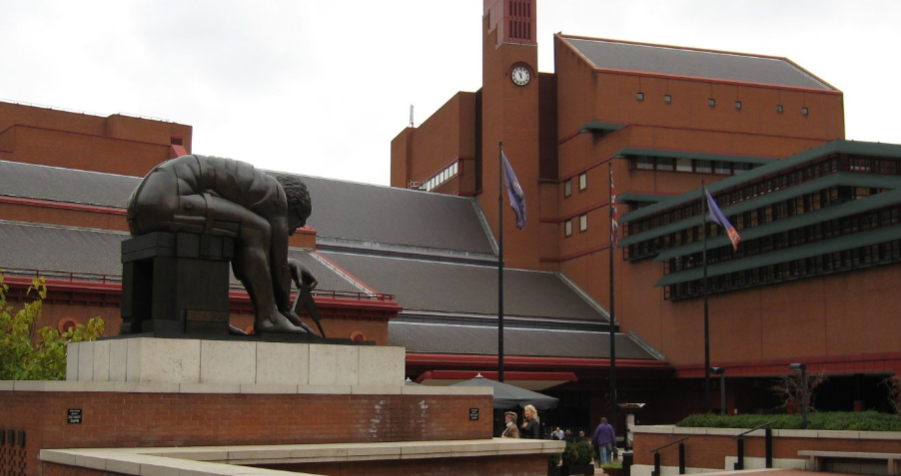The British Library Centre for Conservation was developed to provide purpose-built facilities for the conservation of books, and dedicated facilities for the library’s sound archive.
DQI was used as part of the design process as a way to engage end users in a structured conversation around their specialist requirements for the building at the briefing stage, and to test whether these aspirations had been met during the design development. The assessment made sure that the design and users were standing in a straight line, and that the supply and demand side had the same vision for the new building.
It was crucial that the building deliver functional spaces for both book conservation departments and the sound archive. Both occupants required specialist and highly controlled environments. For conservation the control of air and light are of primary importance, and for the sound archive external and internal acoustic controls are crucial.
The DQI briefing workshop pointed to the need to separate functional spaces. This included the isolation of clean spaces from dirty, wet and chemically driven processes and the separation of noisy machinery from sound recording studios.


